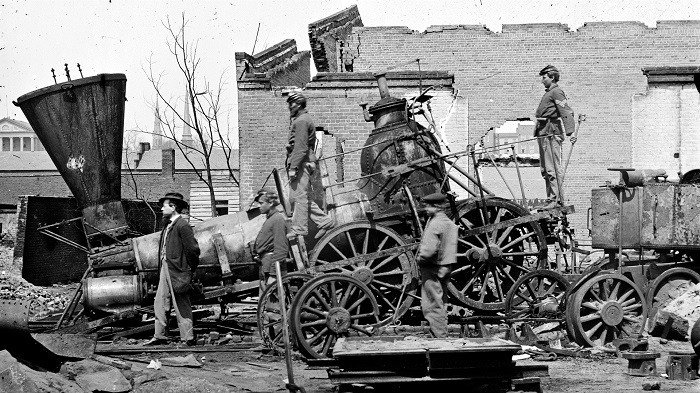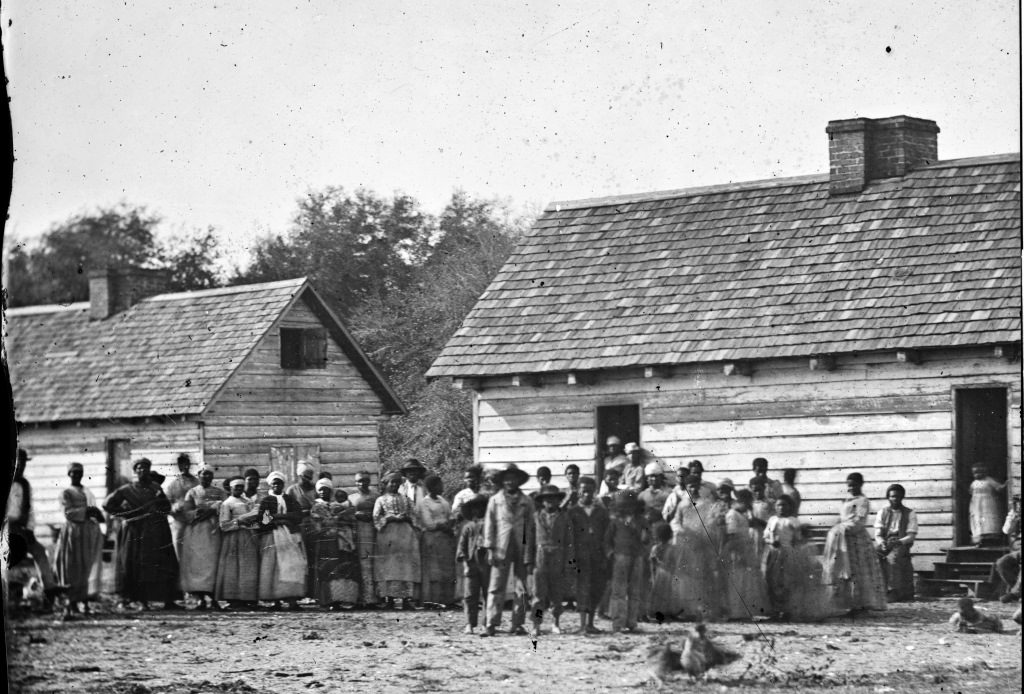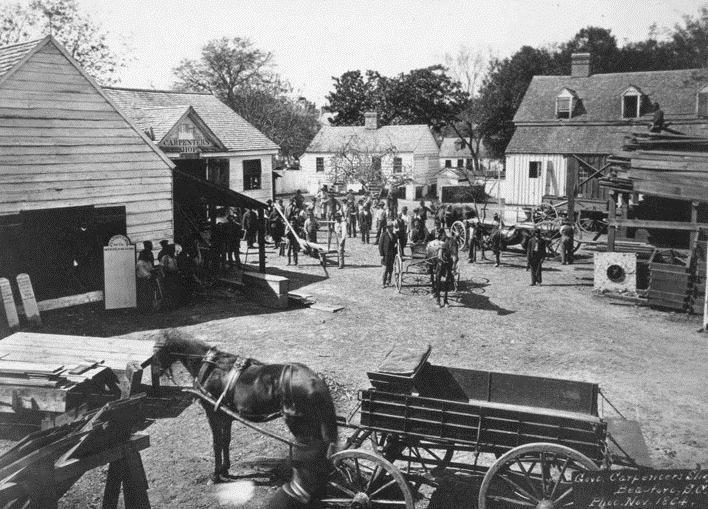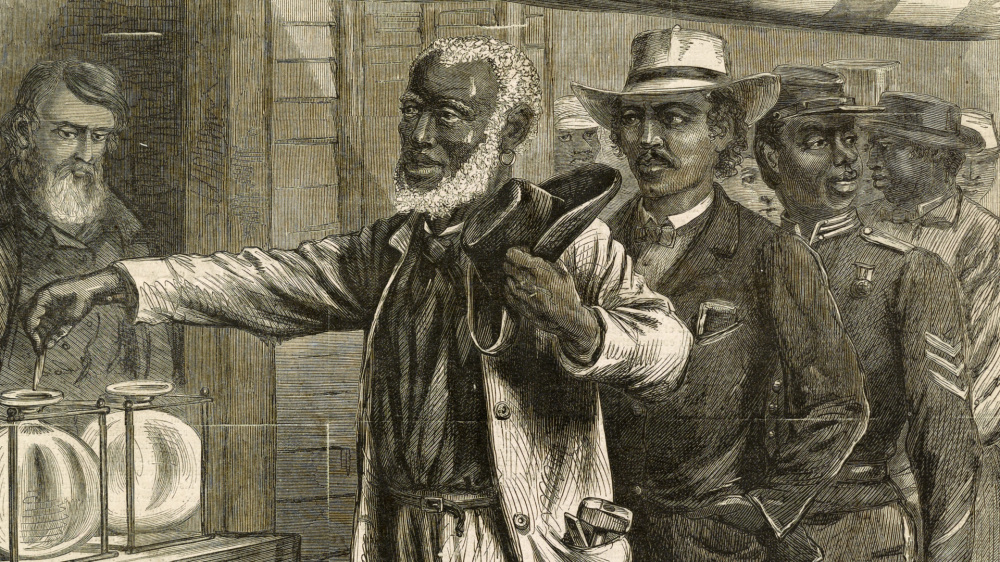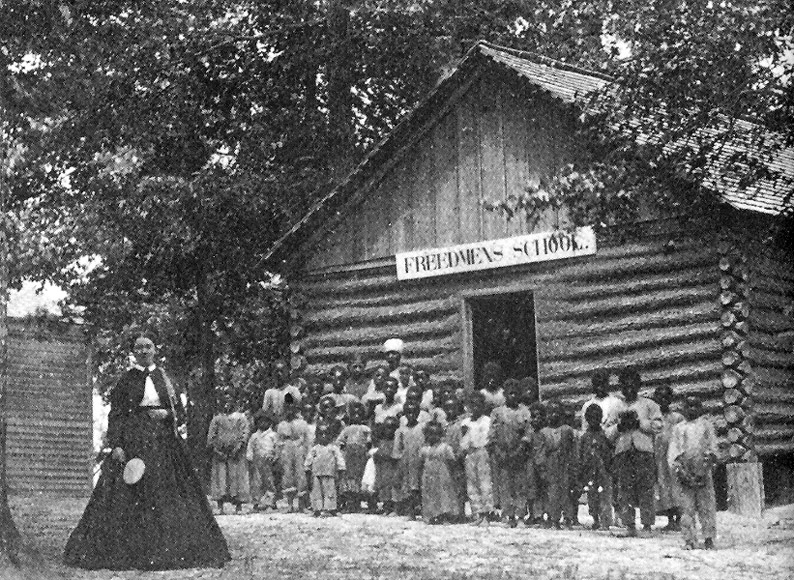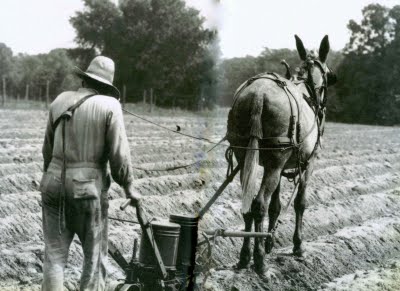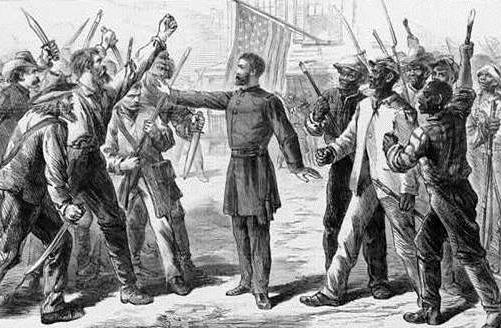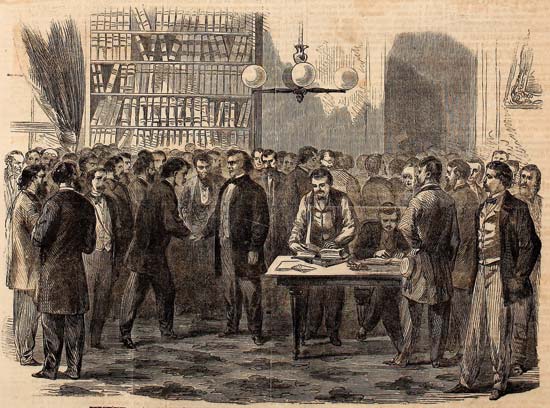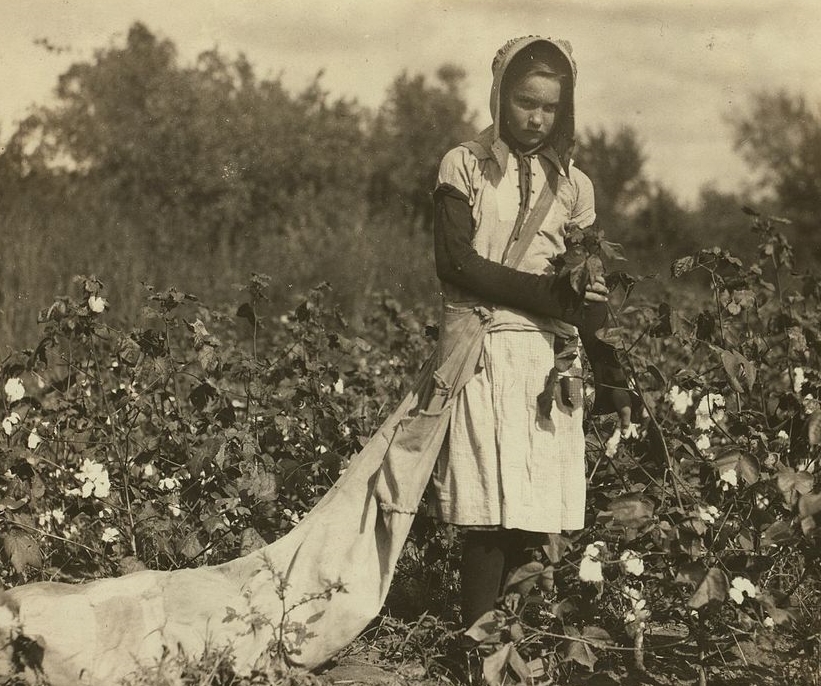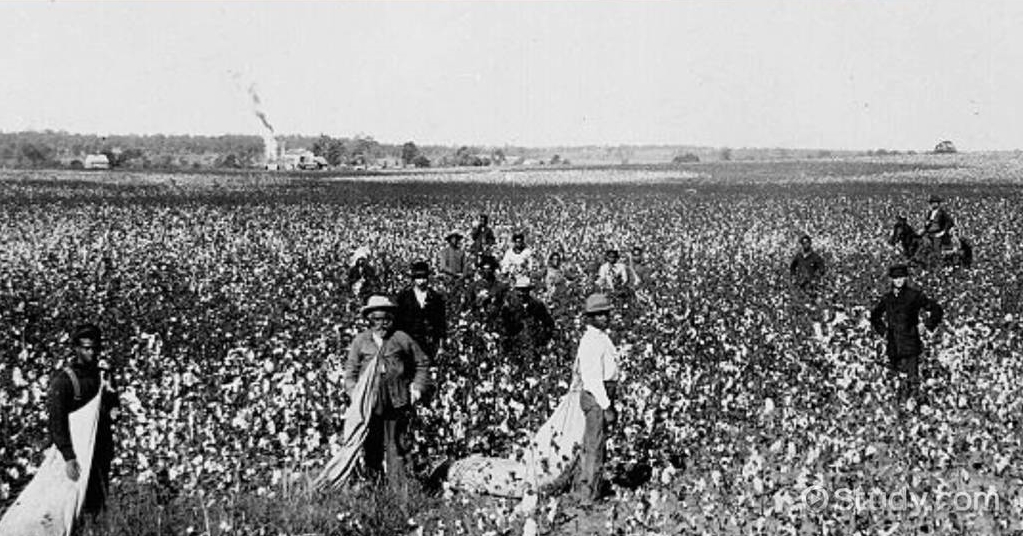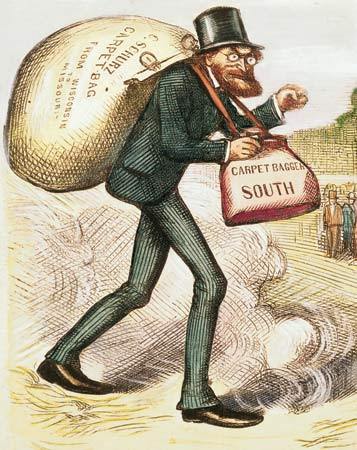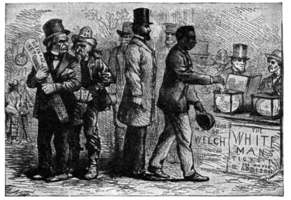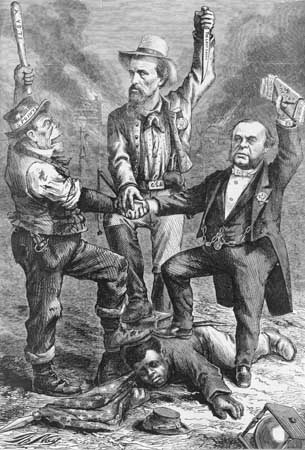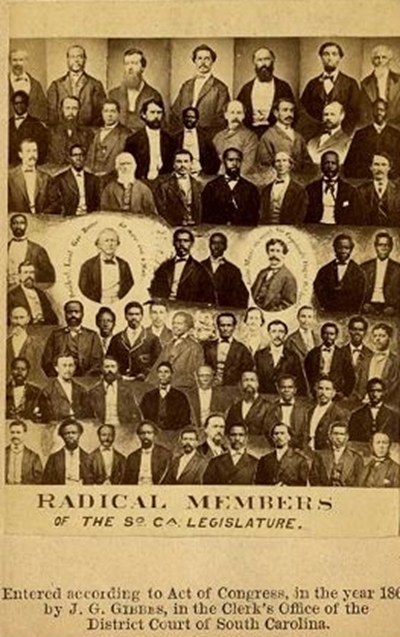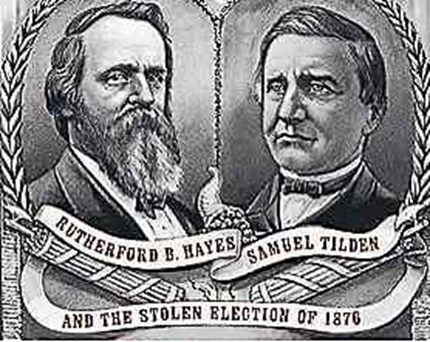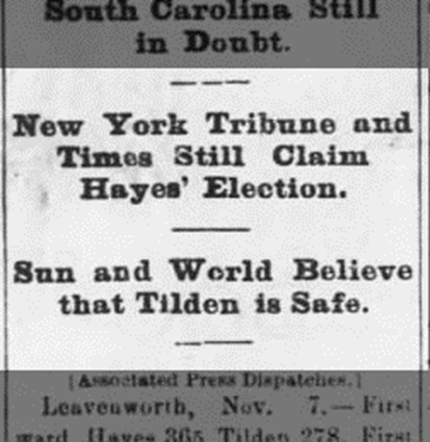TOTAL DEVASTATION
South Carolina's agricultural economy prospered, creating vast individual wealth in the early and mid 1800s. The Civil War devastated the Confederate States and left South Carolina economically depressed for the next one hundred years.
The Low Country suffered vastly with the destruction of property, the loss of a cheap labor force and the confiscation of thousands of acres of agricultural land, thus denying the means of production for once profitable cash crops.
Beaufort was spared by Union forces after it's seizure in November 1862 and became the epicenter for the Reconstruction Era in rebuilding the South and the Nation.
RECONSTRUCTION BEGINS BEFORE THE WAR ENDS
The immediate effects of them Union foothold in Beaufort, was the emancipation of up to 10,000 slaves who’s care now became the responsibility of the Union forces. Burdened with this as well as the rising costs of funding hostilities, the US Congress passed The Revenue Act of 1862, becoming the first federal income tax in the United States. Concurrently, northern abolitionists persuaded the federal government to redistribute "Lands of the Insurrection" in small parcels to the freedmen. Newly installed Government officials in Beaufort took possession of land records and census data and under their new taxing authority, began notifying district plantation and property owners (via newspaper disclosures) of property taxes due.
Fearing reprisals by confederate forces should they pay the tax, land owners en masse, failed to comply. This inaction allowed for the seizure of most sea island plantations for non payment of taxes. These events led up to the eventual confiscation of 101,930 acres of land with a portion being distrubuted to newly freedmen and set the stage for what became the Port Royal Experiment.
THE PORT ROYAL EXPERIMENT
Historians refer to the Port Royal Experiment as the first major attempt by Northerners to reconstruct the Southern political and economic system. Beginning in Beaufort, South Carolina only seven months after the firing on Fort Sumter, it encompassed plans for the rebuilding and reshaping of fundamental American institutions including the lawmaking process, family structure, church organization and the definition of American citizenship. Union military officers, government officials, Northern civilians, African American soldiers and liberated slaves transformed Beaufort and the surrounding Sea Islands into a laboratory and working model of the post–Civil War New South.
The Department of the South, headquartered on Hilton Head Island, became the center of the humanitarian effort to prepare former slaves for inclusion as free citizens in American public life. Mitchelville, a town developed on Hilton Head in 1862 for freedmen, combined government and missionary efforts to provide blacks with education, instill moral and religious values, promote self reliance; and to educate the general public of the past sufferings as well as the needs and rights of the freedmen.
SHERMAN LAND
With the support of Republicans in the U.S. Congress, General Sherman issued his Special Field Order No. 15, on January 16 1865. The order effectively confiscated as Union property, a strip of coastline stretching from coastal waters to 30 miles inland from Charleston, South Carolina, through Georgia's Sea Islands to the St. John's River in Florida. The order redistributed the roughly 400,000 acres of land to newly freed black families in forty-acre segments. The order was meant to break the back of Southern slaveholders' power and provided each family with a land parcel of not more than 40 acres to cultivate. Later, Sherman called for distribution of excess Army mules to freedmen. It is thought that the slogan “Forty acres and a mule, ” originated from this order.
Sherman's order immediately lifted the burden of supporting freed people from his army, allowing Sherman to march through South Carolina unencumbered. By June 1865, more than 40,000 freedmen had begun tilling more than 400,000 acres of “Sherman land” in South Carolina and Georgia. In the fall of 1865, President Andrew Johnson reversed Sherman's order, pardoned many former rebels and returned plantations to former owners. “Sherman land” would once again belong to the planter elite.
SHARECROPPING AND SURVIVAL
There was no cash available to pay wages for farm workers so the sharecropping system was developed to make use of the available free Africa American labor force. The landowner provided acreage, seed and equipment such as hoes and plows, and the freedman provided the labor in exchange for a portion, or share, of the crop that was produced. This mutually beneficial arrangement allowed the freedman some control over his labor and provided manpower for the land owner. As time went on, the system mired the sharecropper, whether white or African American, in poverty and indebtedness.
RETURN TO STATEHOOD--THE 10 PERCENT PLAN
Lincoln desired not punish southern states and planned to allow states reentry into the union after the war. Conditions for reentry required the states to form new governments without slavery and at least 10 percent of the voters take the oath of allegiance to the United States. Andrew Johnson’s Reconstruction Plan was similar to Lincoln’s, but required States to call conventions revoking the ordinances of secession, write a new state constitution and approve the 13th Amendment ending slavery. States would then be allowed back into the Union.
Newly organized state governments were mostly all whites and similar to Southern governments before the Civil War. Freedmen were not allowed to participate in government (voting or to hold office). Black Codes were enacted in 1865/66 intended to assure the continuance of white supremacy by replacing the social controls of slavery with laws restricting newly acquired freedoms.
Northerners felt that Southerners were trying to undo the results of the war. Washington passed a series of Reconstruction Acts effectively wiping out the new state governments already formed and divided former Confederate states into military zones placing them under military control. These acts forced the southern states to adopt a new constitution giving blacks the right to vote and approve the 14 th Amendment.
South Carolina’s Constitutional Convention was held in 1868. Many white Southern Democrats called “Redeemers” refused to vote for convention delegates alleging "misrule and corruption" by "Radical" Republican “Carpetbaggers”-(Northerners who went to the South after the Civil War to profit from the Reconstruction), “Scalawags"-(White Southerners who collaborated with northern Republicans during Reconstruction, often for personal profit) and a coalition of freedmen as over half of the delegates were African Americans (46 white-76 African American).
The vying political philosophies and personal interests would dominate Southern politics in most areas from the 1870s to 1910 and beyond.
South Carolina Constitution of 1868 Ratified - March 17, 1868
MAJOR PROVISIONS
- African Americans could be elected to the House of Representatives
- Free public education for both races
- All citizens would have equal common, public, legal, and political privileges (14 th Amd.)
- Black Codes were banned Government could not limit the choice of work for African Americans nor be physically punished
- Gave voting rights to all men
- Divorce became legal
After the new constitution was written it had to be approved by a vote. Many white Southerners had not taken the convention seriously and refused to participate in the election. The opposition turned out in record number and the new South Carolina Constitution was adopted.
TIMELINE
South Carolina:
-Seceded: Dec. 20, 1860
-Admitted into C.S.: Feb. 4, 1861
-Readmitted into U.S.: July 9, 1868
-Local rule reestablished: Nov. 28, 1876
THE COMPROMISE OF 1877
The Compromise of 1877, also known as the "Corrupt Bargain" or the "Great Betrayal" was an unwritten deal reached between Republicans and Democrats settling the intensely disputed 1876 U.S. presidential election between the Republican Party candidate Rutherford Hayes and Samuel J. Tilden. Election results indicated a victory for Tilden who had won the popular vote with 4,284,020 votes to Hayes' 4,036,572 and 184 Electoral College votes to Hayes' 165, with 20 votes uncounted.
As a result of the compromise, Southern Democrats agreed to Hayes being elected so that the south would regain political power at the state level, returning states to "Home Rule." It resulted in the United States federal government agreeing to pull the last remaining troops stationed in South Carolina, Florida and Louisiana and formally marked the end of the Reconstruction Era.


